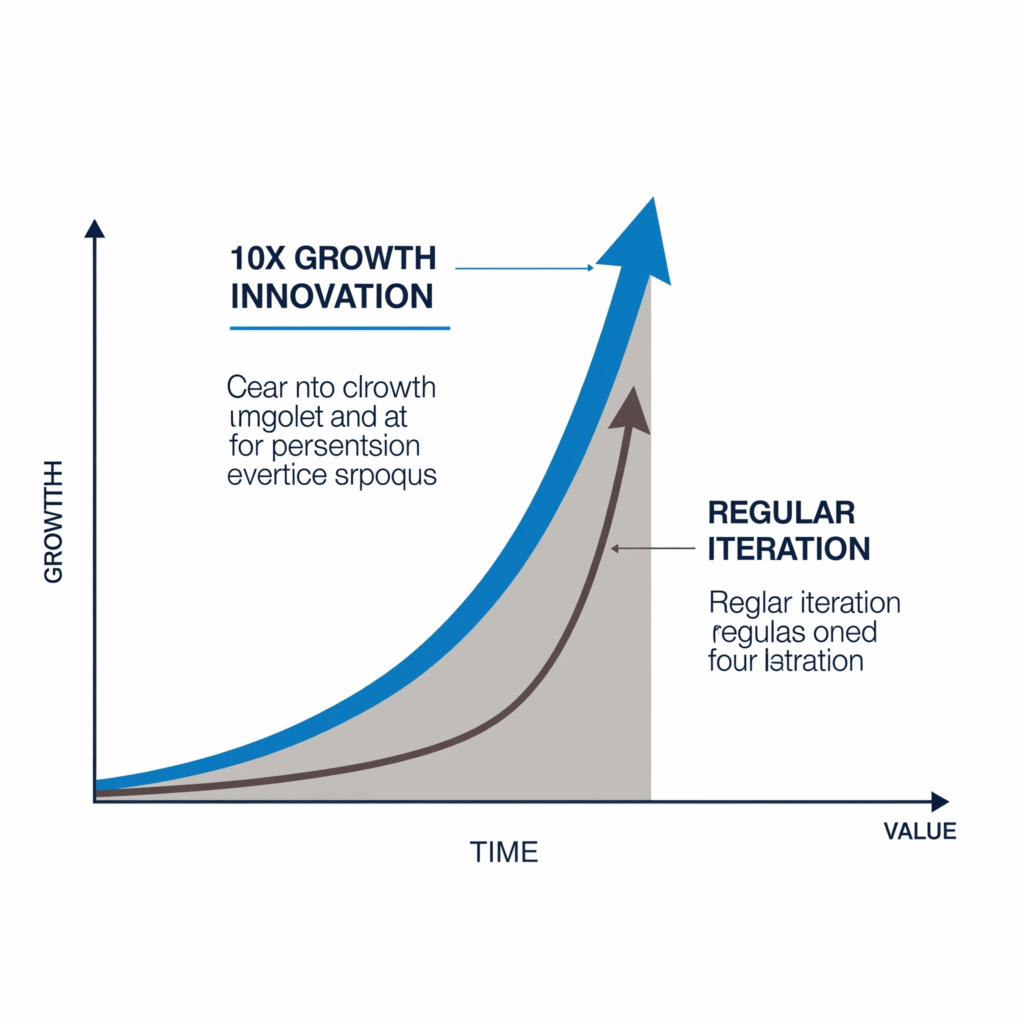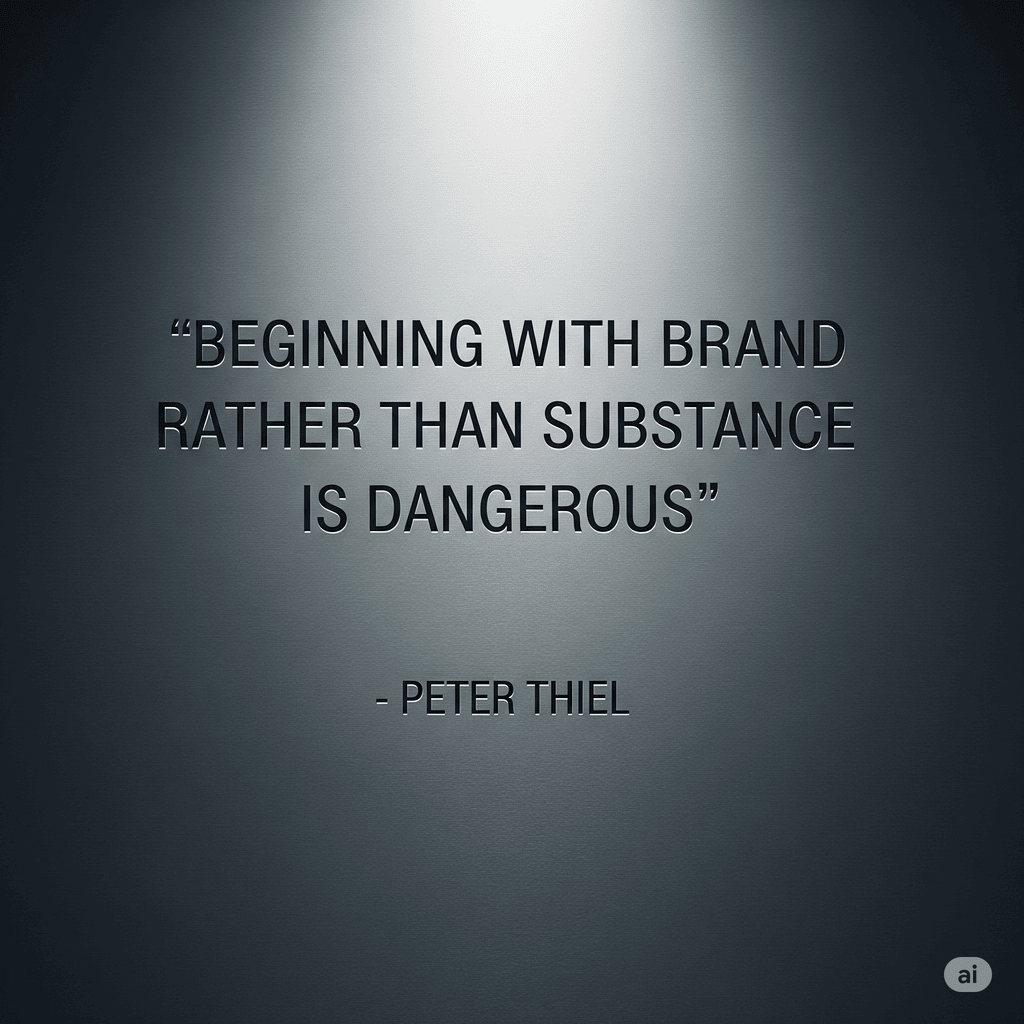In an increasingly competitive business world, successful companies do more than just offer products. They challenge old paradigms. Peter Thiel’s “Zero to One” provides a blueprint for how technology pioneers build lasting victories through a combination of radical innovation, a solid reputation, and precise distribution strategies.
Whether you are a startup founder, a corporate professional, or an SME owner looking to grow, understanding the secrets of this legendary book will change how you view the battles in modern industry.
10X Innovation and World-Transforming Technology
One of the cornerstones of Peter Thiel’s thinking is the difference between creating something new (0 to 1) and copying something that already exists (1 to N). Winning companies are not just better. They are ten times better than the old solution, fundamentally shifting the industry’s landscape.
Companies like Google were not just another search engine; they delivered a quantum leap through technology. In a fast-moving global economy, this kind of innovation is the catalyst for exponential growth, as well as a safeguard against disruption.
But how does one detect “zero to one” innovation opportunities? Peter Thiel’s analytical framework helps you identify untouched market gaps. This complete framework is detailed in a special module of the original book—its detailed strategies are available in the MentorBuku premium summary.

The Richness of Reputation: Building a Brand and a Lasting Narrative
Many founders underestimate the power of a brand in the digital age. In fact, a strong reputation can be the deciding factor—not only in attracting customers, but also in attracting investors and top talent. When someone searches for your company’s name on Google, what they find is often the primary assessment, even before they try your product [1].
Thiel emphasizes that a positive narrative through PR (Public Relations) can be an initial asset that grows the ecosystem and accelerates adoption. Google, for example, once crafted a narrative of “we are not a monopoly, we are the promising underdog,” which worked to their advantage when facing regulation [1].
How does one formulate an authentic narrative that reaches the media, customers, and prospective employees? The book Zero to One features the criteria and checklist for a winning narrative, which can be studied further at MentorBuku.

Viral Distribution Strategy and the Important Role of PR
Distribution is often considered an easy task, yet it is the differentiator between a failed product and a legendary one. Thiel acknowledges that viral distribution is not just a hope that “if the product is good, it will surely spread.” It requires an in-depth strategy, from engaging with the media to creating a network that gets your product talked about by influencers [1].
In fact, according to Thiel, good PR can multiply the power of marketing. It’s not just the attention of end consumers that is captured, but also that of investors and great potential employees—all of whom are searching for a digital track record and a positive narrative. Building viral distribution is not solely about social media, but about a measured communication orchestra from the start.
How does one create a solid distribution strategy from the beginning? What are the viral marketing techniques that have proven successful for top-tier technology companies? The framework details and examples can be found in this MentorBuku’s summary of distribution strategy.
Read also : Common Core Math For Parents For Dummies with Videos Online by Christopher Danielson
Thinking Like a Monopoly: Unlocking the Path to Victory
One of the most counterintuitive insights from Zero to One is that great founders are not afraid of becoming a “monopoly.” Not in the sense of unfairly stifling competition, but by creating value so dominant that competitors struggle to catch up. Google, for example, always portrayed itself as a “small fish in a big pond,” even though its position was, in reality, incredibly difficult to challenge [1].
This “creative monopoly” paradigm pushes us to seek uniqueness and a business moat that is hard for competitors to replicate. Thiel differentiates great companies not by how well they fight competitors, but by their ability to create a category of their own.
What are the parameters of a company poised to become a “creative monopoly”? How does one identify the intangible value that creates a new competitive landscape? Three specific strategies for building a sustainable business moat are broken down in detail in an exclusive MentorBuku session.
Read also : Handbook of US Consumer Economics by Andrew Haughwout
Conclusion
Peter Thiel offers a world-class framework for building a winning company, starting from 10X innovation and reputation management, to a distribution strategy that is not accidental but meticulously designed. Behind it all, there is a “monopoly” mindset that unlocks limitless opportunities to create real change.
Are you ready to take the next step and start applying these strategies in your business or career?
This article is the spark. Imagine if one idea from this could change the way you work or think. Now, imagine what dozens of other strategic ideas could do. That is the power that awaits you.
Sign Up and Get Free Access at MentorBuku Now!